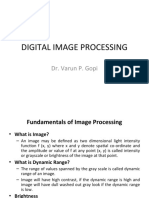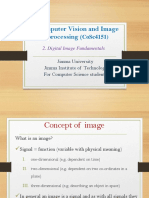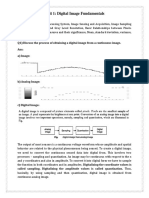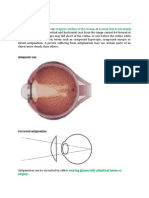0% found this document useful (0 votes)
9 views23 pagesImageprocessing
The document provides definitions and explanations of various concepts in image processing, including electromagnetic spectrum, image acquisition, enhancement, segmentation, and recognition. It also discusses the applications of different electromagnetic spectrum bands in medical, astronomical, and industrial fields, as well as the effects of sampling and quantization on image quality. Additionally, it outlines the main applications and sources of digital images, along with the fields and types of processes involved in digital image processing.
Uploaded by
mahdi.fouad.c1Copyright
© © All Rights Reserved
We take content rights seriously. If you suspect this is your content, claim it here.
Available Formats
Download as PDF, TXT or read online on Scribd
0% found this document useful (0 votes)
9 views23 pagesImageprocessing
The document provides definitions and explanations of various concepts in image processing, including electromagnetic spectrum, image acquisition, enhancement, segmentation, and recognition. It also discusses the applications of different electromagnetic spectrum bands in medical, astronomical, and industrial fields, as well as the effects of sampling and quantization on image quality. Additionally, it outlines the main applications and sources of digital images, along with the fields and types of processes involved in digital image processing.
Uploaded by
mahdi.fouad.c1Copyright
© © All Rights Reserved
We take content rights seriously. If you suspect this is your content, claim it here.
Available Formats
Download as PDF, TXT or read online on Scribd
/ 23





















































































